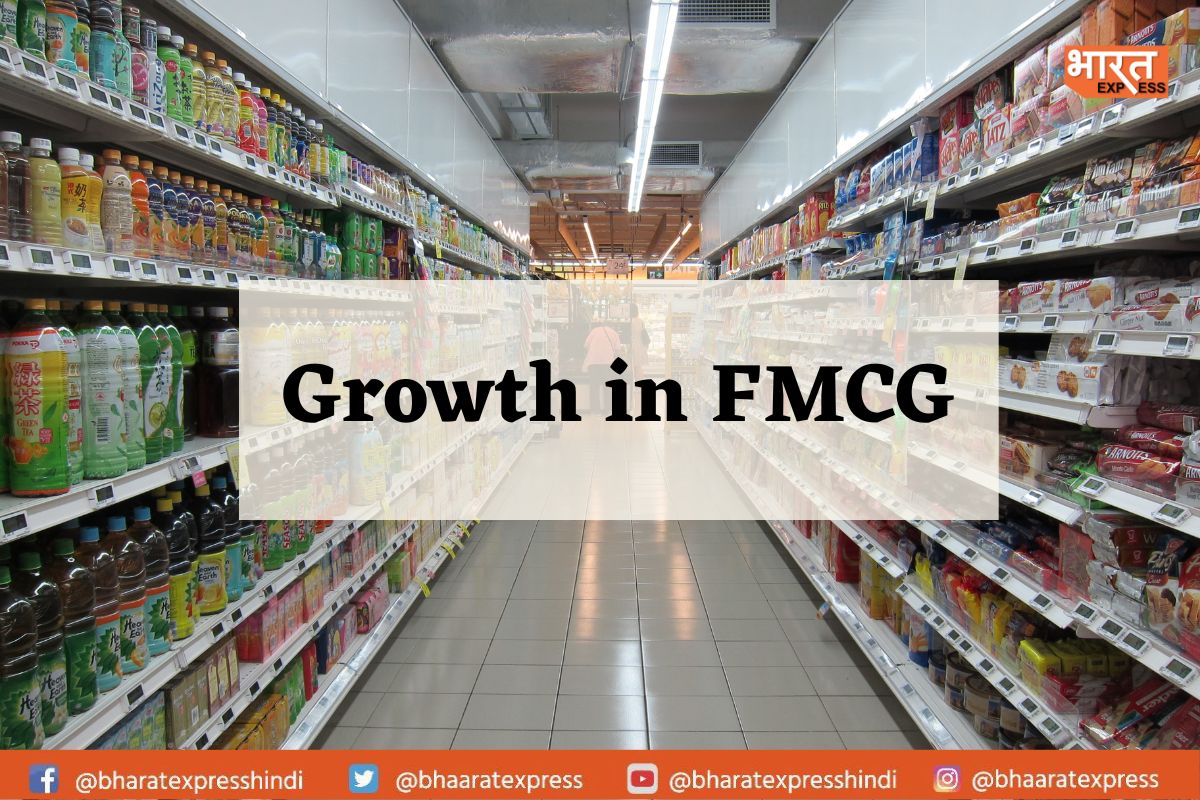
Fast-moving consumer goods (FMCG) companies are anticipated to report growth in volumes in the quarter ended March 2023, despite the FMCG sector having been under pressure for the entire previous year. In contrast to urban demand, rural demand circumstances are still weak, according to ICICI Direct Research’s analysis.
According to the analyst study, a drop in commodity costs and price reductions by businesses should lead to an increase in volume in Q4 FY23. In contrast to urban demand, rural demand has been more restrained.
“We anticipate a 9.8% revenue rise in our FMCG coverage universe in Q4 FY23, driven by a mix of volume and pricing. Price reductions made by HUL in the beauty and personal care (BPC) sector have already begun to help the increase in volume.
Additionally, the survey observed that the home care market has been expanding more quickly over the past year, primarily due to increased mobility in the post-Covid era. The decrease in commodity prices, according to ICICI Direct Research, is projected to boost FMCG companies’ gross margins. Average prices for palm oil, crude oil, and coconut oil have decreased by 35%, 16.1%, and 12.7%, respectively, as compared to the prior quarter. Compared to their peak of $30 per kilogramme in December 2022, wheat prices have fallen to $21/kg. However, the ICICI Securities study highlighted that milk prices “have not only held steady but have also increased slightly in Q4.”
“We anticipate that most FMCG companies will spend less on advertising in Q4 FY23, which will help operating margins. Our coverage universe is projected to experience a 90-bps improvement in Q4, likely supporting a 12.6% increase in net profit, the statement continued.
In its report, it stated that it expected HUL to see 15.4% revenue growth, driven by a 6% volume increase and 9% pricing growth, while anticipating 12.8% sales growth for Nestlé in the fourth quarter, driven by the noodles and chocolate categories.
The ITC (FMCG) industry is predicted to increase by 19.1%, according to the research, with higher growth in the food, stationary, and discretionary segments. Tata Consumer anticipates significant growth in its salt business in India, primarily as a result of price increases implemented in the previous year due to rising energy costs associated with salt manufacturing.
Dabur India also indicated in a recent BSE filing that while the demand trajectory across urban and rural areas showed sequential improvement in the March quarter, it fell short of a full recovery. Rural markets are still relatively quiet, according to Dabur Major, even if urban markets have resumed positive volume growth. Dabur’s 5.4% revenue gain during the quarter, which was primarily driven by prices, is expected to have disastrous effects. Although the quarter saw an improvement in urban demand circumstances, rural volumes remained poor. Sales in India are anticipated to increase by 5.6%, with the beverage category seeing double-digit growth. We anticipate a 213 bps drop in operating margin to 15.9% in the fourth quarter. According to ICICI Direct, adjusted net profit is predicted to fall by 10.9% to 338.1 crore.
According to Marico Ltd.’s report, the company’s consolidated revenue would be in the low single digits in the March quarter compared to the same period last year, with a modest recovery and consistent volume trends in the urban and premium categories. The brokerage anticipates a 3.9% increase in operating profit at a 21.5% operating margin for Nestle India. It projects a 7.7% increase in net profit to 640.3 crore rupees.
While ITC anticipates an increase in gross margin of 340 basis points and an equal expansion in operational margins to 35.3%, The operational profit for HUL is predicted to increase by 14.8% to Rs 3723.8 crore, with a 24 basis point decline in the operating margin to 24.4%, while the net profit is predicted to increase by 17.2% to Rs 4911.8 crore. To 2519.1 crore, net profit is anticipated to increase by 8.3%.
To read more such news, download Bharat Express news apps


















